Stefan Priebsch
Seven Myths, Three Reasons, One Goal
#1about 9 minutes
Viewing your IT landscape as an evolving city
The history of Alexandria illustrates how software systems, like cities, are built on existing foundations and evolve over time.
#2about 5 minutes
Why legacy code is so difficult to understand
Legacy code often fails to communicate business intent and lacks automated tests, leading to a system nobody fully comprehends.
#3about 3 minutes
How successful software outgrows its original purpose
Legacy software often becomes a victim of its own success, as its original design cannot support exponential growth or business pivots.
#4about 3 minutes
The critical problem of ownership and technical debt
A lack of clear ownership and the anti-pattern of putting technical debt in the product backlog prevents legacy systems from aligning with corporate strategy.
#5about 3 minutes
Questioning the default need for a REST API
A REST API is not a universal solution and can lead to awkward command implementations or a distributed monolith.
#6about 3 minutes
The myth that a new technology is always better
Rewriting software in a new technology often just replaces known problems with unknown ones without providing immediate business value.
#7about 4 minutes
Why you don't need to rewrite everything at once
Instead of a full rewrite, you can add new software for specific use cases and use routing to gradually replace the legacy system.
#8about 3 minutes
Moving beyond the default relational database
Embrace polyglot persistence by choosing the right data store for each use case and defining a single canonical source of truth.
#9about 4 minutes
The misconception that software migration is expensive
Migration costs are often inflated by unnecessary cleanup; focus first on making the existing code work in the new environment.
#10about 6 minutes
Why heavy abstraction is not needed in microservices
Small, self-contained systems can be rewritten easily, making extensive abstraction layers an unnecessary source of complexity.
#11about 2 minutes
How to introduce new patterns like event sourcing
New architectural patterns can be introduced incrementally for new features, building bridges to the legacy system without a full rewrite.
Related jobs
Jobs that call for the skills explored in this talk.
Senior Backend Engineer Electrical Engineering
envelio
Köln, Germany
Remote
Senior
Python
Software Architecture
Matching moments
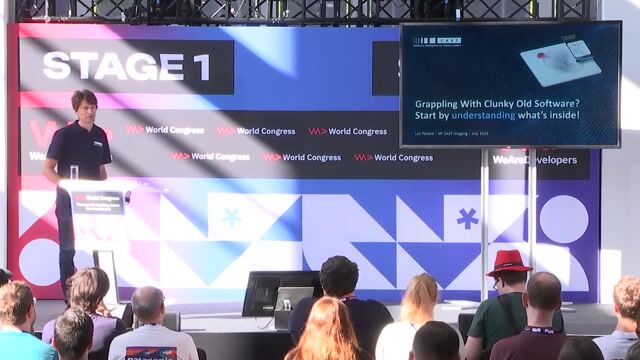
00:16 MIN
The pervasive challenge of working with legacy software
Grappling With Clunky Old Software? Start by Understanding What’s Inside!

00:02 MIN
The challenge of justifying legacy system improvements
Data Science on Software Data
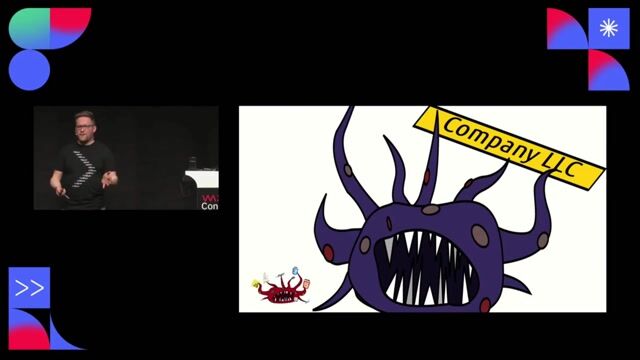
04:02 MIN
How good intentions lead to broken legacy projects
Defeat that legacy monster! Guerilla refactoring with web standards
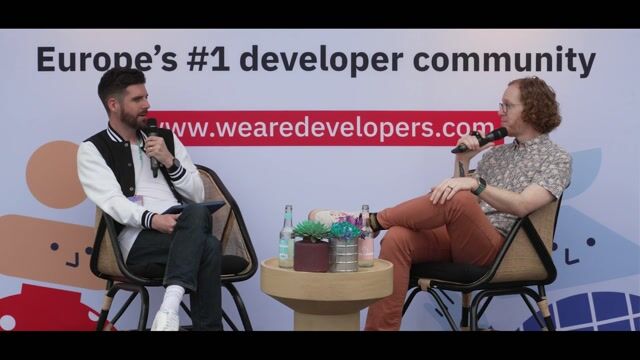
22:12 MIN
Why developers struggle to prioritize maintenance work
Coffee with Developers - Robby Russell
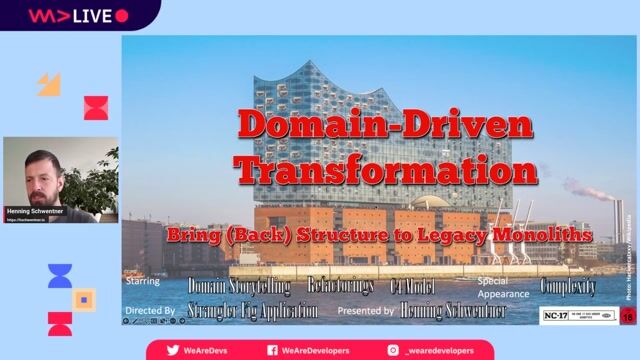
00:33 MIN
Transforming legacy systems like renovating old buildings
Domain-Driven Transformation—How to Bring (Back) Sustainable Architecture to Legacy and Monoliths
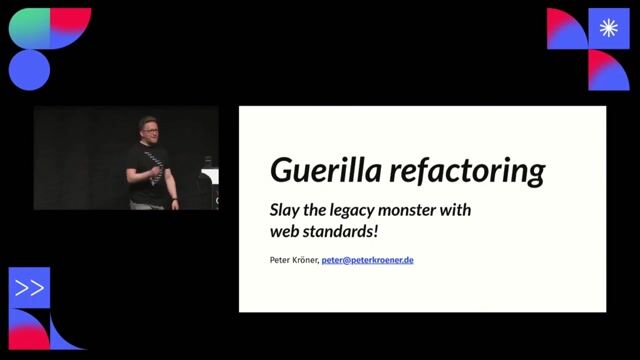
02:11 MIN
Understanding the nature of legacy project monsters
Defeat that legacy monster! Guerilla refactoring with web standards

33:32 MIN
Lessons from legacy systems and risky projects
IoT: The road to sustainability
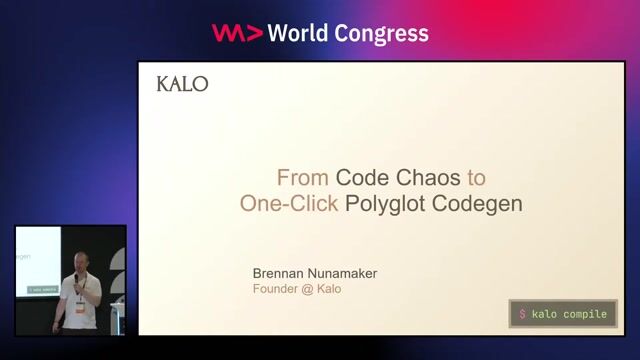
00:15 MIN
Three core challenges in modern software development
Kalo: From Code Chaos to One-Click Polyglot Codegen
Featured Partners
Related Videos
 58:52
58:52Get ready for new features - the legacy challenge
Hans Hosea Schäfer
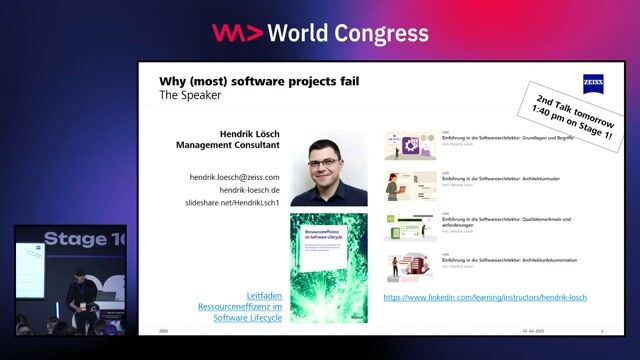 28:17
28:17Why (most) software projects fail silently...
Hendrik Lösch
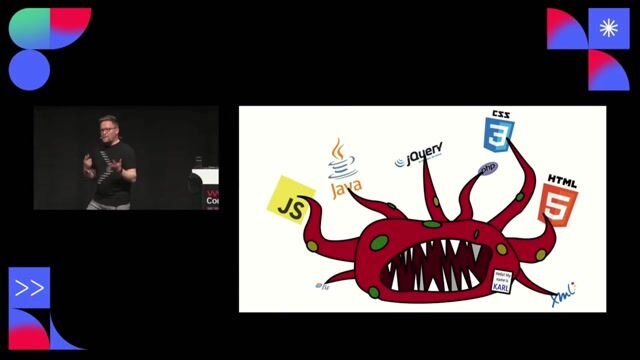 25:25
25:25Defeat that legacy monster! Guerilla refactoring with web standards
Peter Kröner
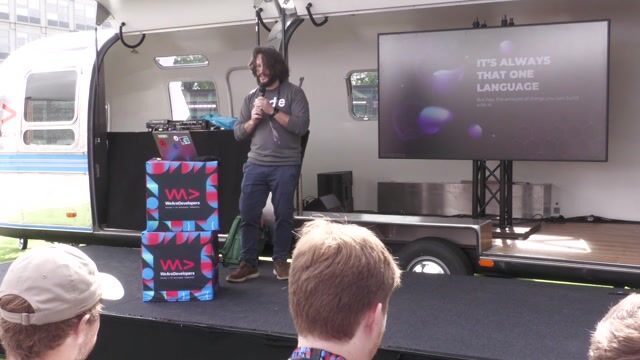 25:30
25:30The year 3000, a brief history of Web Development
Lorenzo Pieri
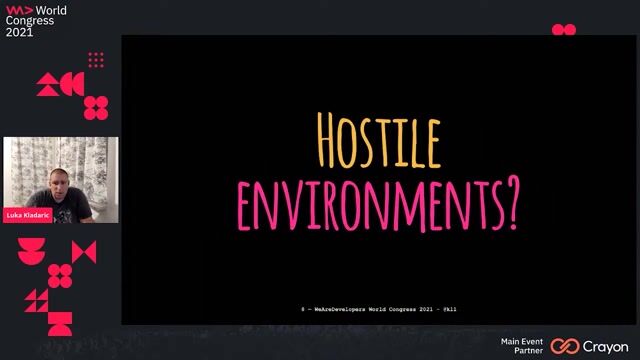 43:00
43:00Shipping Quality Software In Hostile Environments
Luka Kladaric
 21:39
21:39Unveiling the Dark Side: Navigating the Pitfalls of Digital Ambitions
Johannes Hansen
 29:03
29:03How to sabotage your software development with agile? – 10 pro tips for guaranteed success
Marlene Roth & Tobias Mohr
 24:38
24:38Resolving technical debts in software architecture
Carola Lilienthal
Related Articles
View all articles



From learning to earning
Jobs that call for the skills explored in this talk.

Web developer (f/m/d) as parental leave substitution
Agora Think Tanks gGmbH
Berlin, Germany
Intermediate
Senior
PHP
CSS
HTML
JavaScript
TypeScript

Senior PHP Developer (NL based only)
Online Payment Platform
Delft, Netherlands
€75-95K
Senior
PHP
MySQL
Laravel


Senior Fullstack Engineer (all genders)
envelio
Köln, Germany
Remote
Senior
Python
JavaScript
Structured Query Language (SQL)


Backend Engineer (m/w/d)
fulfillmenttools
Köln, Germany
€35-65K
Intermediate
TypeScript
Agile Methodologies
Google Cloud Platform

(Senior) Platform Engineer (f/m/d)
MARKT-PILOT GmbH
Stuttgart, Germany
Remote
€75-90K
Senior
Terraform
Kubernetes
Cloud (AWS/Google/Azure)

Senior Fullstack Engineer – Angular/.Net (f/m/d)
Apaleo
München, Germany
Remote
€65-85K
Senior
.NET
Angular
JavaScript
+1

HEAD OF TECHNOLOGY / ERP & BILLING (M/W/D)
Wilken GmbH
Ulm, Germany
Senior
DevOps
Microservices
Cloud Architecture
Microsoft Dynamics
Cloud (AWS/Google/Azure)